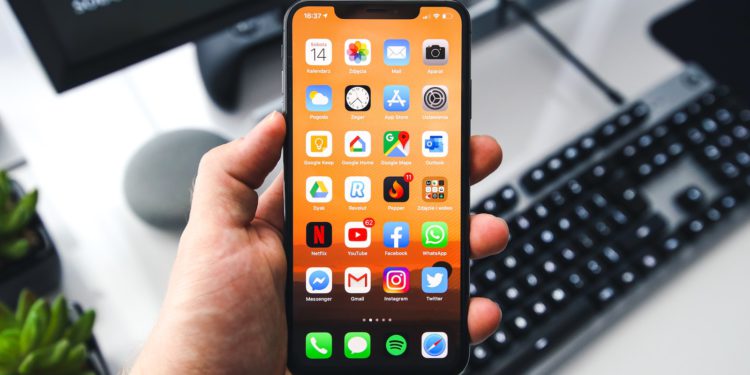Apple announced in August that it would integrate a number of features aimed at protecting children online, including a system that could detect child abuse material in iCloud while maintaining user privacy. The idea has faced a lot of backlash. Now security researchers say Apple's CSAM prevention plans and the EU's similar proposals represent "dangerous technology" that significantly expands "state surveillance powers."
Apple has not yet announced when it plans to roll out its parental controls, after delaying but not completely scrapping them due to concerns from security experts. Now, a team of researchers has published a report saying that similar plans by both Apple and the European Union pose a national security concern. According to Declarations According to the New York Times, the report comes from more than a dozen cybersecurity researchers. The group began its study before Apple's initial announcement and says it is publishing the report despite Apple's delay to warn the EU about this "dangerous technology." Apple's plan to detect known child sexual abuse material (CSAM) stored in iCloud Photos is particularly controversial and has raised concerns among some security researchers.
Apple's child protection in iCloud photos: EU plans go even further
Specifically, several tools will be used to block suspected harmful images in messages and automatically compare images stored in iCloud. The latter is similar to the method Google has been using to search Gmail for such images since 2008. However, privacy advocates believe Apple's plan could lead to governments requiring the company to scan images for political purposes. The authors of the new report believe the EU is planning a system similar to Apple's to search for images of child sexual abuse. But the EU's plan goes even further by also taking organized crime and terrorist activities into account. Neither EU representatives nor Apple have commented on the report so far. So we will have to wait for a corresponding reaction. (Photo by Unsplash / Sebastian Bednarek)





